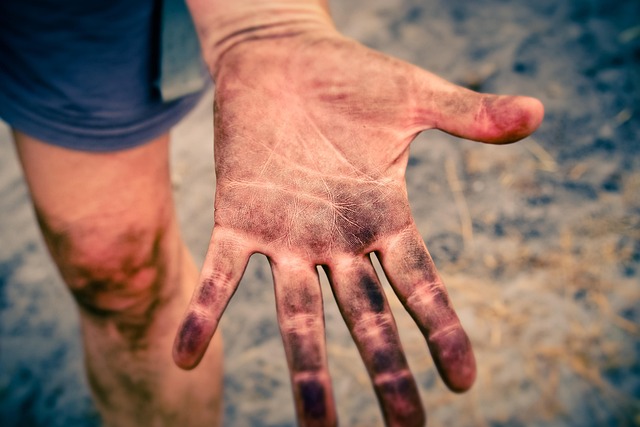Skin tags, common growths in friction areas, vary in type and may indicate health issues. Safe removal options include at-home methods like cryotherapy and clinic techniques such as surgical excision or laser treatment. Proper aftercare and prevention through hygiene, gentle skincare, exfoliation, diet, hydration, and environmental protection are crucial for successful healing and avoiding recurrence of skin tags, particularly with Skin Tag Removal London services.
Skin tags, those tiny, harmless growths on our skin, can be a nuisance. If you’re considering safe removal options, you’ve come to the right place. This article delves into the best practices for removing skin tags at home and in clinics, offering insights into causes and types. We explore effective methods while providing aftercare tips and prevention strategies to help manage these common skin concerns. For those seeking professional guidance, London’s top dermatologists are also discussed.
- Understanding Skin Tags: Causes and Types
- Safe Removal Methods at Home and Clinics
- Aftercare and Prevention Strategies for Skin Tag Management
Understanding Skin Tags: Causes and Types

Skin tags, also known as acrochordons, are small, soft skin growths that typically appear in areas where skin rubs against itself, such as the neck, armpits, and groin. They are usually harmless but can be a source of embarrassment for some individuals. Understanding their causes and types is essential when considering safe removal methods, especially when exploring options like Skin Tag Removal London.
There are various types of skin tags, with the most common being acral tags, which can occur anywhere on the body. They are usually flesh-coloured or slightly darker and may be single or in clusters. Other types include pedunculated tags, which have a stalk-like appearance, and verrucae, which are rough, warty growths often caused by HPV infections. While they are generally harmless, skin tags can sometimes indicate underlying health conditions, making it crucial to consult a professional for accurate diagnosis and appropriate removal methods.
Safe Removal Methods at Home and Clinics

When considering safe skin tag removal methods, there are several options available both at home and in clinics, offering convenience and varying levels of effectiveness. For a straightforward and cost-effective solution, freezing (cryotherapy) is a popular choice, often performed at home using over-the-counter kits. This method involves applying liquid nitrogen to the skin tags, causing them to shrivel and fall off over time. However, it may not be suitable for all types or sizes of skin tags, and improper use could lead to skin damage.
In clinics, professionals offer more advanced techniques like surgical excision or laser treatment. Skin tag removal London clinics typically provide a sterile environment, ensuring the best hygiene standards. Surgical excision involves minor surgery to cut off the skin tag, while laser therapy uses intense light to burn and destroy the growth. These methods are generally faster and may yield more immediate results, but they come with higher costs compared to home remedies.
Aftercare and Prevention Strategies for Skin Tag Management

After successfully removing skin tags through professional treatment in London, proper aftercare is essential for optimal healing and to prevent reoccurrence. It’s crucial to keep the treated area clean and dry, avoiding excessive scratching or irritation. Using gentle, fragrance-free cleansers and patting the skin dry gently can aid in the healing process. Additionally, applying a thin layer of a recommended moisturizer can help alleviate dryness without compromising the integrity of the healing wound.
Prevention is key when it comes to managing skin tags. Regular exfoliation helps remove dead skin cells and may prevent new tags from forming. However, be cautious not to over-exfoliate, as this can cause damage. Maintaining good skin health through balanced diets, staying hydrated, and avoiding harsh environmental factors like prolonged sun exposure or extreme temperatures also plays a significant role in preventing the development of skin tags.
When it comes to skin tag removal, whether at home or in a clinical setting like those offering Skin Tag Removal London services, understanding safe practices is key. Home methods provide an affordable, low-risk option, but for larger or persistent tags, professional treatment offers the most effective solutions. Remembering proper aftercare and preventive measures ensures your skin remains healthy and tag-free. By following these best practices, you can safely remove skin tags and maintain clear, confident skin.
